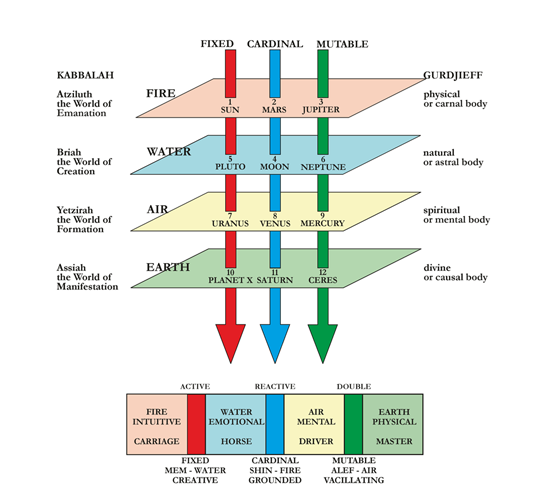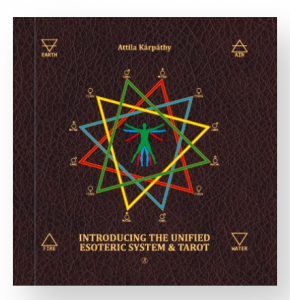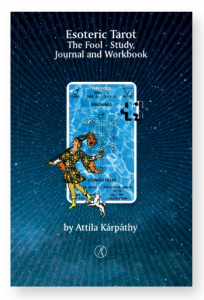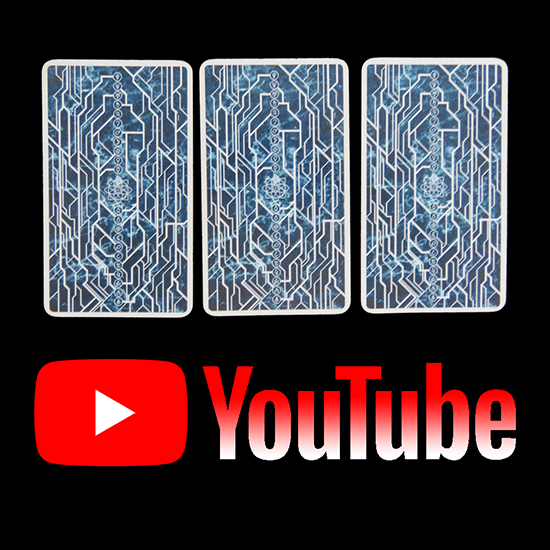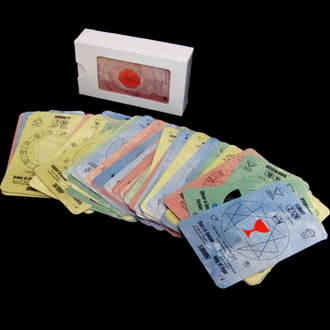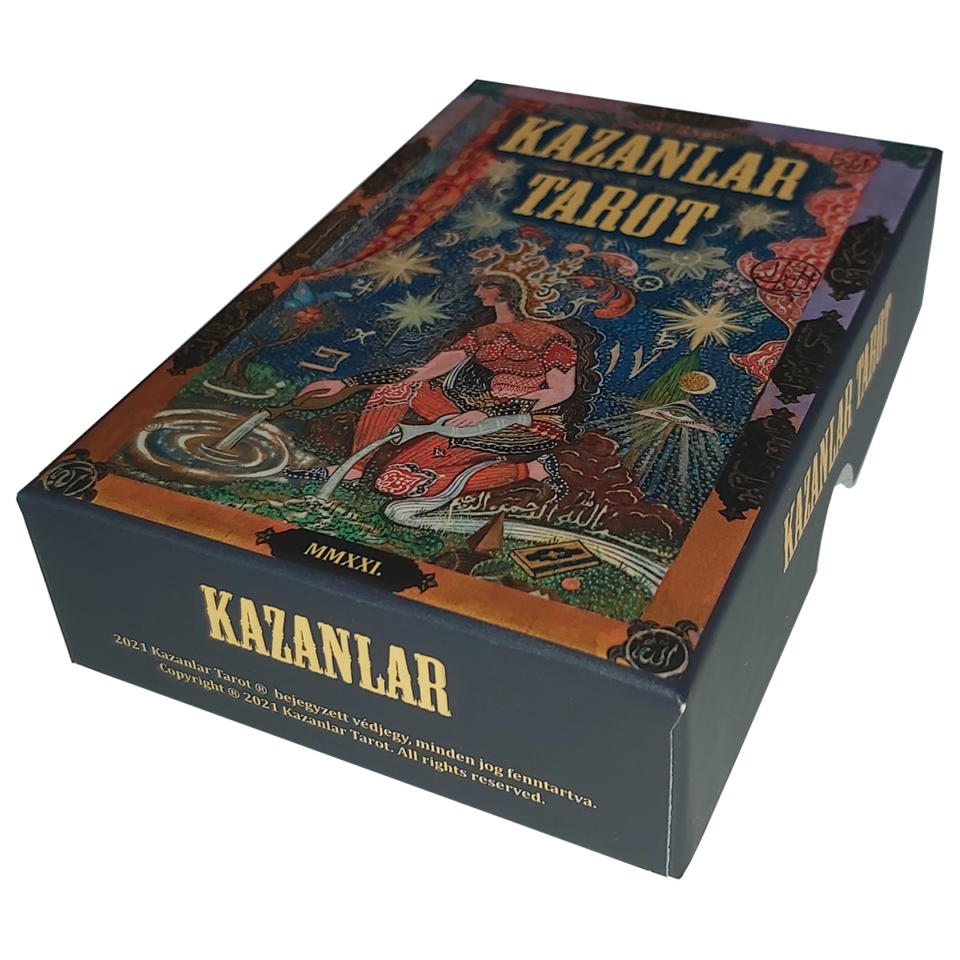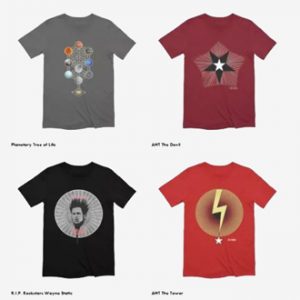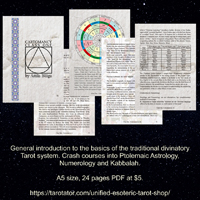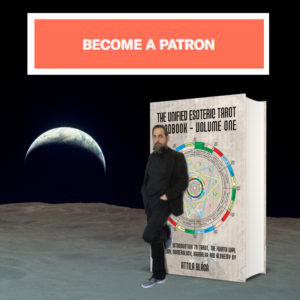Good Friday, also known as Holy Friday, Great Friday, Great and Holy Friday, and Black Friday, is a Christian holiday commemorating the crucifixion of Jesus and his death at Calvary. It is observed during Holy Week as part of the Paschal Triduum.
According to the Biblical account, Jesus died on Friday and was resurrected three days later.
The traditional liturgical observation of Easter, as practised among Roman Catholics, Lutherans, and some Anglicans, begins on the night of Holy Saturday with the Easter Vigil, which follows an ancient liturgy involving symbols of light, candles and water. Services continue on Easter Sunday and in several countries on Easter Monday.
The Orthodox service begins late Saturday evening, and fasting does not end until Easter Sunday.
The church is darkened, and then the priest lights a candle at midnight, representing the resurrection of Jesus Christ. Altar servers light additional candles, with a procession which moves three times around the church to represent the three days in the tomb. The service continues early into Sunday morning, with a feast to end the fasting. An additional service is held later that day on Easter Sunday.
Easter celebrates Jesus’ supernatural resurrection from the dead, which is one of the chief tenets of the Christian faith. The resurrection established Jesus as the Son of God and is cited as proof that God will righteously judge the world.
Immortality is an exclusive attribute of gods.
Humans, by design and definition, are mortals.
Speaking about immortality, Gurdjieff noted:
“Immortality is one of the qualities we ascribe to people without having a sufficient understanding of their meaning, said G. Other qualities of this kind are ‘individuality,’ in the sense of an inner unity, a ‘permanent and unchangeable I,’ ‘consciousness,’ and ‘will.’ All these qualities can belong to man (he emphasized the word ‘can’), but this certainly does not mean that they do belong to him or belong to each and every one. “n order to understand what man is at the present time, that is, at the present level of development, it is necessary to imagine to a certain extent what he can be, that is, what he can attain. Only by understanding the correct sequence of development possible will people cease to ascribe to themselves what, at present, they do not possess, and what, perhaps, they can only acquire after great effort and great labour. According to an ancient teaching, traces of which may be found in many systems, old and new, a man who has attained the full development possible for man, a man in the full sense of the word, consists of four bodies. These four bodies are composed of substances which gradually become finer and finer, mutually interpenetrate one another, and form four independent organisms, standing in a definite relationship to one another but capable of independent action. The reason why it is possible for four bodies to exist is that the human organism, that is, the physical body, has such a complex organization that, under certain conditions, a new independent organism can grow in it, affording a much more convenient and responsive instrument for the activity of consciousness than the physical body. The consciousness manifested in this new body is capable of governing it, and it has full power and full control over the physical body. In this second body, under certain conditions, a third body can grow, again having characteristics of its own. The consciousness manifested in this third body has full power and control over the first two bodies; and the third body possesses the possibility of acquiring knowledge inaccessible either to the first or to the second body. In the third body, under certain conditions, a fourth can grow, which differs as much from the third as the third differs from the second and the second from the first. The consciousness manifested in the fourth body has full control over the first three bodies and itself.
These four bodies are defined in different teachings in various ways.
The first is the physical body, in Christian terminology the ‘carnal’ body; the second, in Christian terminology, is the ‘natural’ body; the third is the ‘spiritual’ body; and the fourth, in the terminology of esoteric Christianity, is the ‘divine’ body. In theosophical terminology the first is the ‘physical’ body, the second is the ‘astral,’ the third is the ‘mental,’ and the fourth the ‘causal.’
In the terminology of certain Eastern teachings the first body is the ‘carriage’ (body), the second body is the ‘horse’ (feelings, desires), the third the ‘driver’ (mind), and the fourth the ‘master’ (I, consciousness, will). (…)
And only the man who possesses four fully developed bodies can be called a ‘man’ in the full sense of the word. This man possesses many properties which ordinary man does not possess. One of these properties is immortality. All religions and all ancient teachings contain the idea that, by acquiring the fourth body, man acquires immortality; and they all contain indications of the ways to acquire the fourth body, that is, immortality.”
(P. D. Ouspensky, In Search of the Miraculous)
Yet, another kind of rebirth and immortality is available for humans.
The full text is exclusively available on my Patreon page.
Please consider supporting my work by joining Patreon and gaining access to exclusive materials.
https://www.patreon.com/attilakarpathy
Thank you!
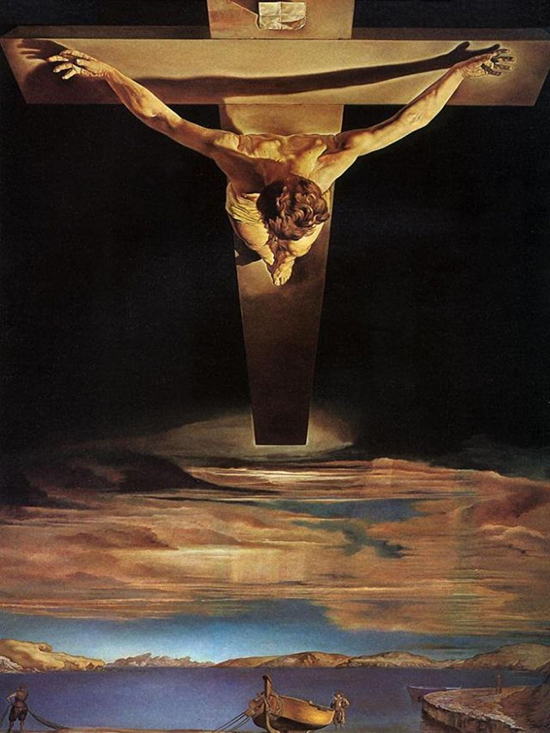
#tarot #esoteric #rebirth #attilakarpathy

